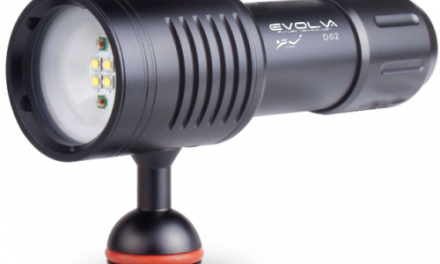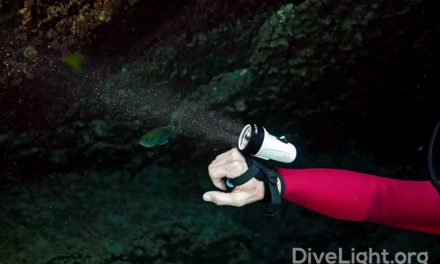The lumens of a dive light refer to the amount of light that the dive light emits per second. If you are shopping for a dive light, the lumen output, indicated by a number, refers to the level of light that will be emitted by the dive light. A 5,000 lumen dive light (which is significantly high) emits more light per second than a 200 lumen dive light. Basically, the higher the lumen output of a light, the brighter the light is.
Max lumen dive lights will give you better lighting that has a farther range. However, it is important to note that with higher lumen dive lights, when diving in waters that have suspended particles, you may get some back scatter that will affect your view. Back scatter, which is a result of the light hitting the suspended particles and bouncing back to you, will reduce visibility. Nevertheless, with max lumen dive lights, you get to see more colors and you can explore deeper, darker areas of the water.
When selecting a dive light, whether primary or secondary, always consider a combination of factors to ensure you go home with a light that will serve you in the best way possible. You will need to go for one that has a higher lumen output, but a good balance of battery life so you don’t sacrifice brightness for burn time. Pick a dive light whose batteries last at least 25% longer than your average dive time. A good light should use rechargeable batteries. But the bulb type is also important when finding this balance: LED is a better option because you get higher lumen output with less power. It is advisable to select a dive light that lets you adjust brightness so you can further manage the battery’s burn time. Most important, assess the beam and the light’s focus. A narrow beam is better when buying higher lumen dive lights, as it minimizes the chance of a whiteout from back scatter.





